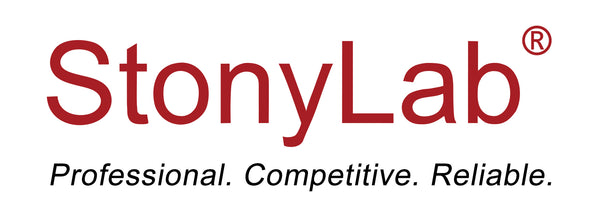A Liebig condenser is a type of laboratory glassware commonly used in distillation setups to condense vapors back into liquid form. It consists of a straight tube surrounded by a water jacket. The coolant (usually water) flows through the outer jacket, cooling the vapor inside the inner tube, causing it to condense. Here's a general guide on how to use a Liebig condenser:
Materials Needed:
- Liebig Condenser: The glassware itself.
- Distillation Setup: Including a flask for heating the liquid, a condenser, and a receiving flask.
- Heat Source: Like a Bunsen burner or a hot plate.
- Coolant Source: Usually tap water or a recirculating water bath.
Steps:
- Assemble the Distillation Setup:
- Connect the Liebig condenser to the distillation flask and the receiving flask in the order of distillation.
- Connect the Water Supply:
- Attach hoses to the water inlet and outlet of the Liebig condenser.
- Ensure a steady flow of water through the condenser to maintain efficient cooling. You can use a water pump or adjust the water source accordingly.
- Prepare the Distillation Flask:
- Fill the distillation flask with the liquid you want to distill.
- Start the Heating Source:
- Begin heating the distillation flask to vaporize the liquid. The vapor will travel through the Liebig condenser.
- Adjust Cooling Water Flow:
- Ensure a constant flow of cooling water through the Liebig condenser. This prevents overheating and helps in efficient condensation.
- Collect Distillate:
- As the vapor passes through the Liebig condenser, it condenses back into liquid form. Collect the liquid in the receiving flask.
- Monitor the Process:
- Keep an eye on the temperature of the distillation flask and the receiving flask. Adjust the heat source accordingly.
- Complete the Distillation:
- When you have collected the desired amount of distillate or the process is complete, turn off the heat source and disconnect the setup.
- Clean the Equipment:
- After use, clean the Liebig condenser thoroughly. Rinse with water and, if necessary, use appropriate cleaning agents.
- Storage:
- Store the Liebig condenser in a safe place to prevent breakage.
Always follow proper safety precautions when working with laboratory equipment, including wearing appropriate protective gear and working in a well-ventilated area. Additionally, be sure to consult any specific guidelines provided by your institution or the manufacturer of the equipment.

